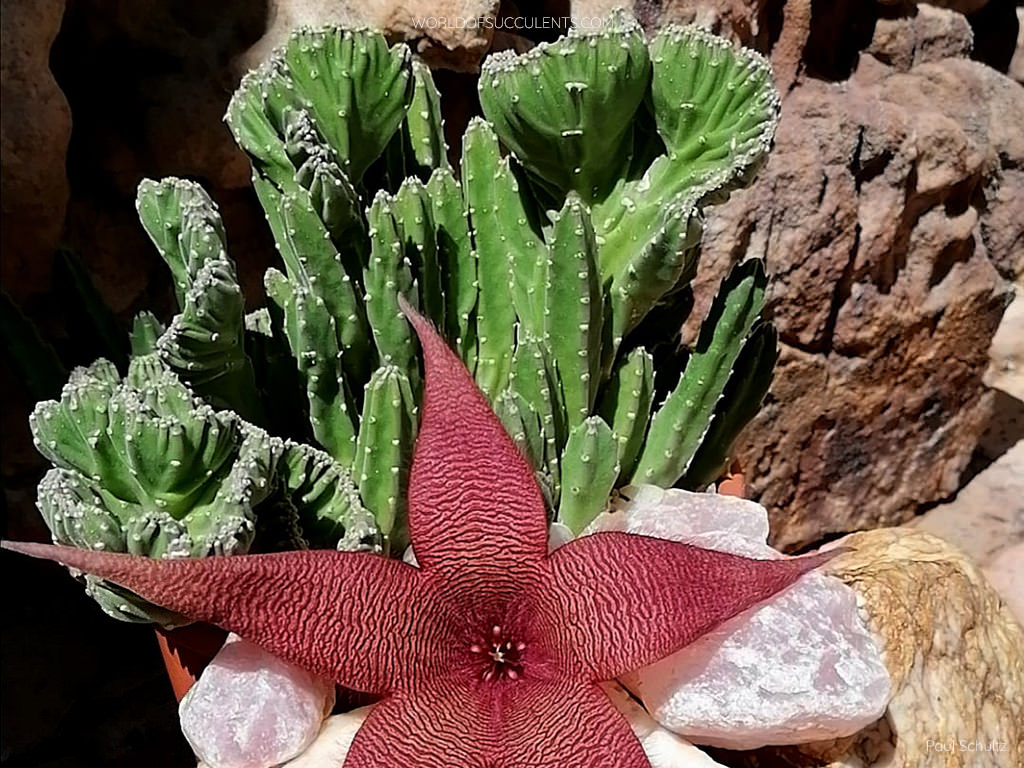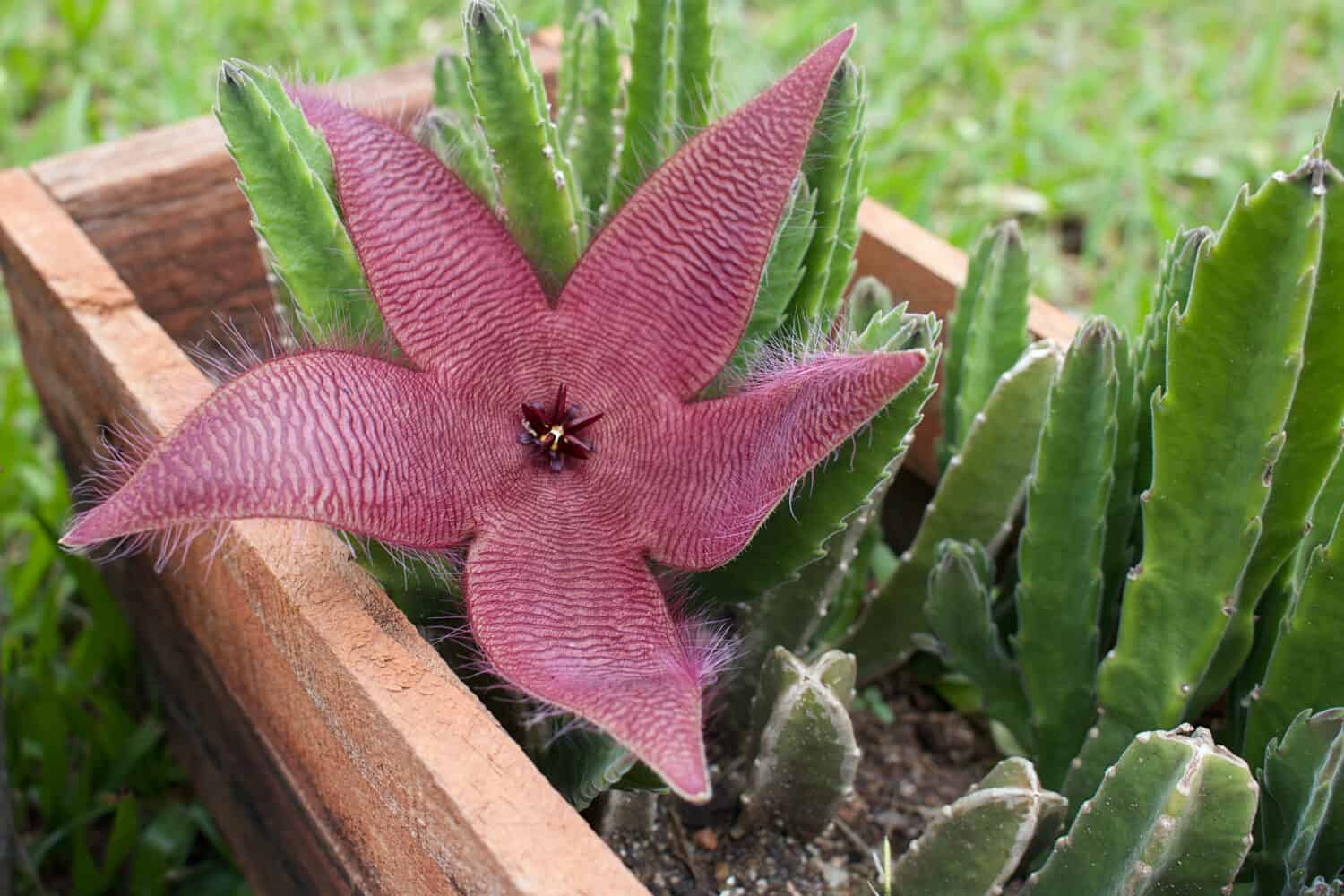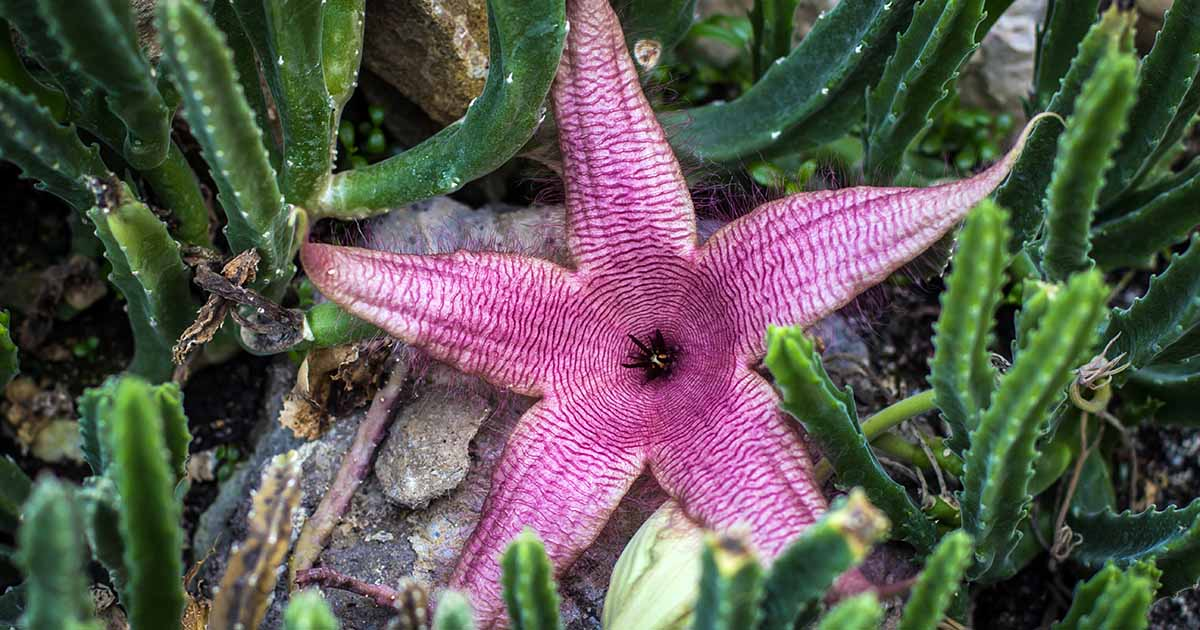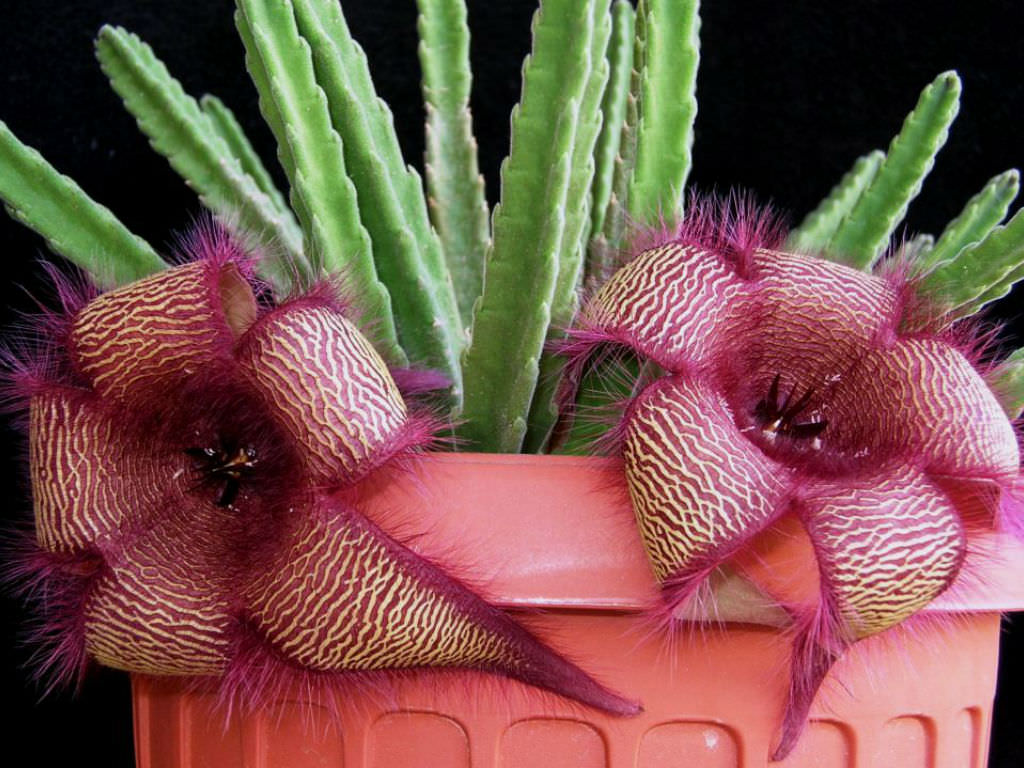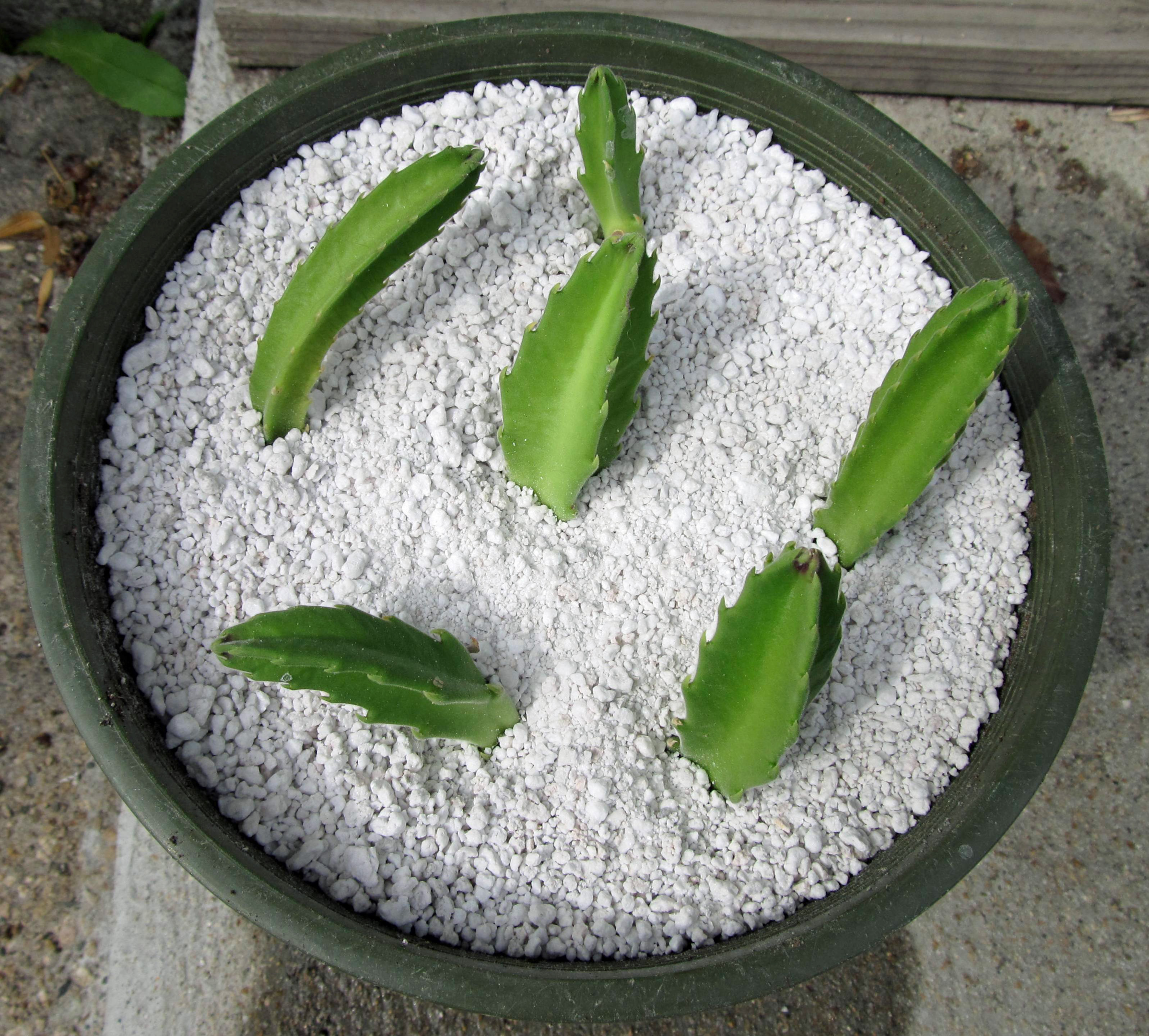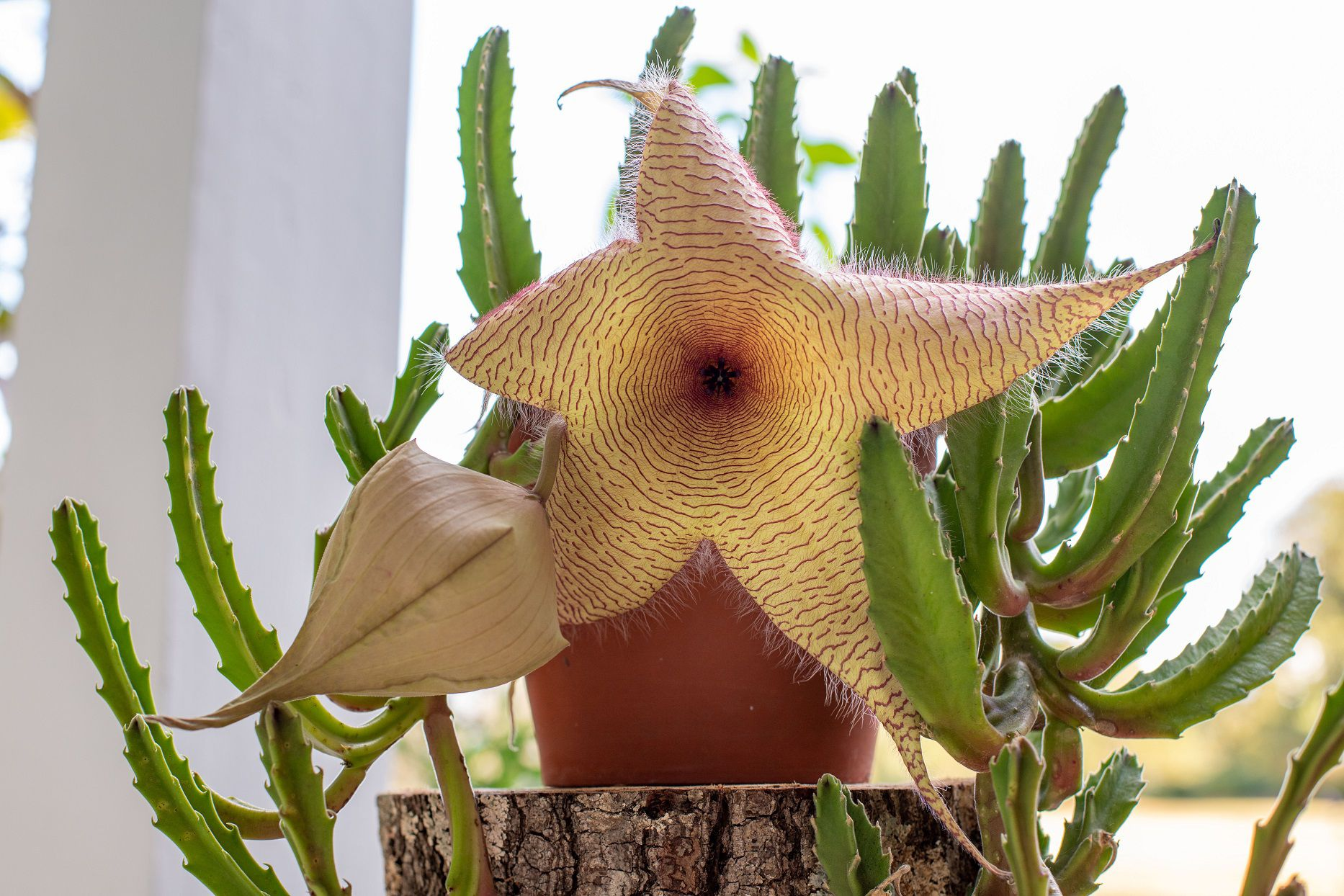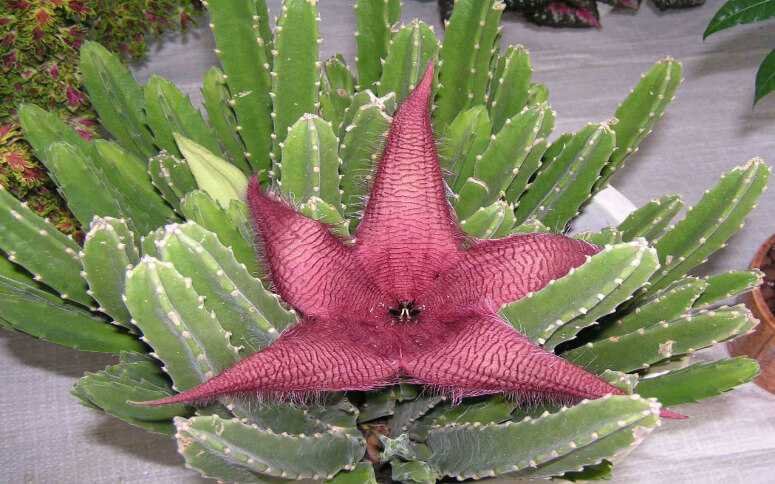HousePlantJoy is supported by our audience. When you purchase through one of our links, we may earn a small affiliate commission. As an Amazon Associate I earn from qualifying purchases. Your cost is not affected.
==================
Growing a Starfish Cactus indoors has been a journey full of learning curves for me, and I’m excited to share some straightforward tips that I’ve picked up along the way. With its beautiful and unusual flowers, this unique plant is attractive and can make your indoor space pop.
So, in this beginner’s guide, I’ll break down the essentials of caring for your Starfish Cactus indoors in a simple, easy-to-follow manner. From the right lighting to watering tips, I’ll cover all you need to know to make this exotic plant a thriving part of your home.
Whether you’re new to indoor gardening, your passion, or looking to add a Starfish Cactus to your collection, these tips will help you avoid common pitfalls and enjoy the beauty of this unique plant with less hassle.
Thriving Under Your Roof: A Guide to Cultivating Starfish Cactus Indoors
Photo by: World of Succulents
I’ve got a starfish cactus, Stapelia grandiflora, and it’s been a real eye-catcher in my plant collection. Native to South Africa, it is pretty unique with its star-shaped flowers and a smell or scent that attracts flies for pollination. Despite its exotic looks, it’s surprisingly easy to take care of, making it great for anyone, even if you’re new to plants.
The flowers are the star feature—literally. They’re big, come in colors like pink, purple, and red, and smell like rotting meat, which is nature’s way of getting those flowers pollinated. The cactus is super drought-tolerant thanks to its thick stems that store water, so it’s perfect for dry spots or indoor spaces where you might forget to water it now and then.
Growing this cactus has been a cool experience. It adds something special wherever I put it. Here, I’ll share simple care tips and how to propagate it, so whether you’re a seasoned plant lover or starting, you can enjoy having a Stapelia grandiflora.
Key Highlights
- The starfish cactus, or Stapelia grandiflora or carrion flower, is a stunning succulent plant native to South Africa. It produces large, unique starfish-like flowers with a strong odor that attracts flies and insects.
- Ideal Environment: Discover the perfect balance of sunlight, soil, and temperature to ensure your starfish cactus thrives.
- To grow a starfish cactus, you must provide it with the right conditions, such as partial sun and well-draining soil.
- With proper care, such as mastering Propagating Techniques and adeptly Identifying potential problems such as pests and diseases, your starfish cactus can thrive and bring beauty to your home or garden.
The Unique Characteristics of a Stapelia Grandiflora
Photo by: A-Z Animals
The starfish cactus, also known as Stapelia grandiflora, has several unique characteristics that set it apart from other succulent plants.
- Strong Smell to Attract Pollinators: The Stapelia grandiflora, commonly known as the starfish cactus, releases a potent scent reminiscent of decaying flesh, enticing flies, and various insects to aid in its pollination.
- Thrives in Organic Matter: Prefers soil rich in organic materials like compost or leaf mold, benefiting from the essential nutrients and moisture retention these substances offer.
- Late Summer Bloomer: Unlike many succulents that bloom in spring, the Stapelia grandiflora showcases its large, showy flowers in late fall and summer, in colors like purple, light red, and red, during its active growth phase when it needs more water and nutrients.
Why the Starfish Cactus is a Must-Have for Plant Enthusiasts
Photo by: Gardener’s Path
The Stapelia grandiflora is a must-have for plant enthusiasts for several reasons. First and foremost, its unique and stunning starfish-like flowers are a sight to behold. These blossoms are available in various hues and dimensions, boasting intricate designs and forms that enhance the allure of any garden or interior setting.
It is a drought-tolerant succulent that thrives in various conditions, making it perfect for experienced and novice gardeners. It can tolerate low light conditions, making it an ideal houseplant requiring minimal watering and maintenance.
Furthermore, the Stapelia grandiflora is a conversation starter. Its unusual appearance and smell attract attention and curiosity, making it a great addition to any plant collection.
Preparing to Grow Your Starfish Cactus
Photo by: Houseplant Central
If you’re ready to plant your Stapelia grandiflora , there are a few things you’ll need to do to prepare. First, you’ll want to choose the right time to plant it. Early spring is generally the best time to plant it, as the plant is coming out of its dormant period and starting to grow actively.
Next, you’ll want to find a reputable nursery or garden center where you can purchase your starfish cactus. Look for a nursery specializing in succulent plants with a good selection of Stapelia grandiflora family. The nursery staff should be knowledgeable and able to advise you on how to care for your plant.
Finally, you’ll want to gather the necessary supplies for growing your starfish cactus. These include a suitable pot, maintaining a well-drained soil, and any additional tools or materials required for caring for your plant. Once you have everything you need, you’ll be ready to start growing your Stapelia grandiflora .
Essential Supplies and Conditions for Growth
Photo by: Awkward Botany
To promote the robust development of your Stapelia grandiflora , it’s crucial to furnish it with appropriate supplies and create optimal conditions. Here are some essential supplies and conditions for growing a starfish cactus:
- Organic Matter: They thrive in soil with a high amount of organic matter. This supplies the plant with vital nutrients while also aiding in moisture retention.
- Partial Sun: They prefer partial sun, meaning they need some direct sunlight but also benefit from shade during the hottest day.
- Low Light: These plants can also tolerate low light conditions, making them suitable for indoor gardening or areas with limited sunlight.
- Well-draining Soil: To prevent root rot, they require well-drained soil. A combination of potting soil and either sand or perlite is effective.
- Suitable Pot or Container: Select a pot or container equipped with drainage holes to facilitate excess water drainage, thereby averting soil saturation.
Providing these supplies and conditions ensures that your Stapelia grandiflora has the best chance of thriving and producing beautiful flowers.
Selecting the Perfect Location for Your Starfish Cactus
Photo by: Better Homes & Gardens
When selecting the perfect location for your Stapelia grandiflora , there are a few factors to consider. First, you’ll want to find a spot that receives early morning or partial sun. Starfish cacti prefer bright, indirect sunlight, so a location that provides some direct sunlight in the morning or afternoon is ideal.
If you’re growing your starfish cactus indoors, place it near a window that receives the most light. Rotate the plant periodically to guarantee uniform access to light.
Starfish cacti prefer warm weather or temperatures between 70-80°F (21-27°C) and moderate humidity. It’s a good idea to steer clear of drafty spots or spots close to heating or cooling vents when you’re deciding where to place your plant.
Comprehensive Guide to Nurturing Your Starfish Cactus
Photo by: Side Gardening
Caring for your Stapelia grandiflora is easy once you understand its specific needs. Here is a step-by-step guide to caring for your starfish cactus:
1. Planting Your Starfish Cactus
When planting your starfish cactus, choosing the right pot and soil is important to ensure its health and growth. Here is a step-by-step guide to planting your starfish cactus:
- Choose a Well-draining Pot: Choose a pot equipped with drainage holes to facilitate excess water drainage, thus reducing the risk of root rot.
- Prepare the Soil: Mix potting soil, sand, or perlite to create a well-draining soil mixture. This will avoid water pooling in the soil, which can lead to root rot.
- Plant the Cactus: Carefully remove the Stapelia grandiflora from its original nursery pot and gently untangle the roots. Transfer the plant into the new pot, ensuring the roots are buried in the soil while exposing the stem. Lightly press down the soil to stabilize the plant.
- Water the Cactus: Once you’ve planted it, thoroughly water the starfish cactus until water begins to drain from the bottom of the pot.
2. Proper Watering Techniques
Effective watering is crucial for maintaining the health and promoting the growth of your starfish cactus. Below are some guidelines to help you water your Stapelia grandiflora appropriately:
- Water Sparingly: Starfish cacti are drought-tolerant plants and do not require frequent watering. Make sure to let the soil dry out completely before watering it again.
- Use the Soak and Dry Method: When you water your plants, make sure to soak the soil until you see water draining from the bottom of the pot. And remember, once you’ve watered, let the soil dry out completely before watering again.
- Adjust watering Based on the Season: In the busy growing months of late spring and summer, your starfish cactus might need watering more often. In winter, reduce watering to allow the plant to go into a dormant period.
- Overwatering: Too much water in the soil can cause root rot, so don’t overwater. If in doubt, it is better to go underwater than overwater your starfish cactus.
3. Providing Adequate Sunlight
Your starfish cactus needs plenty of sunlight to grow and bloom properly. Here are some tips to help you find that sweet spot with sunlight exposure:
- Partial Sun: Starfish cacti prefer partial sun, meaning they need some direct sunlight but benefit from shade during the hottest day. Place your plant in a location that receives morning or afternoon sun but provides shade during the midday heat.
- Bright, Indirect Sunlight: If you grow your starfish cactus indoors, place it near a window with bright, indirect sunlight. Keep it away from direct sunlight to prevent sunburn and harm to the plant.
- Monitor Light Levels: Monitor the light levels in the area where your starfish cactus is located. If the plant starts to stretch or the stems lose color, it may not receive enough light. Move it to a location with brighter light if necessary.
4. Fertilizing Your Starfish Cactus
Fertilizing your starfish cactus can help promote healthy growth and blooming. Here’s a rundown of some tips to help you fertilize your plants just right:
- Use a Balanced Fertilizer: Choose a fertilizer specifically formulated for succulent plants or use a balanced houseplant fertilizer. Follow the manufacturer’s instructions for application rates.
- Fertilize During the Growing Season: During the busy growing months like spring and summer, give your starfish cactus a monthly dose of fertilizer. But remember, when winter rolls around and your plant is snoozing, hold off on the fertilizer—it needs its rest, too!
- Avoid Over-Fertilizing: Excessive fertilizer can burn the roots of your starfish cactus and cause damage. Use a diluted solution and follow the recommended application rates.
5. Pruning and Maintenance
Pruning and maintenance are important for keeping your starfish cactus healthy and looking its best. Here are some tips for pruning and maintaining your plant:
- Remove Dead or Unsightly Stems: Regularly inspect your starfish cactus for dead or damaged stems, which are yellow or dark brown, and remove them with clean pruning shears. This will improve the plant’s overall appearance and prevent the spread of disease.
- Remove Spent Flowers: The flowers will eventually fade and die after your starfish cactus blooms. Remove these spent flowers to prevent the plant from expending energy on producing seeds.
- Maintain Crowded Roots: Starfish cacti prefer crowded roots, so avoid repotting them too frequently. You should only think about repotting your plant when it’s outgrown, its current pot, and the roots are snug and tight.
Advanced Care for Your Starfish Cactus
Once you have mastered caring for your starfish cactus, you may want to explore advanced care techniques. Advanced care for starfish cacti includes managing pests and diseases and tips for encouraging blooming.
Additionally, if you are an experienced gardener, try propagating your starfish cactus to grow new plants. This section will explore these advanced care techniques to help you take your starfish cactus care to the next level.
Managing Pests and Diseases
So, starfish cacti usually handle things well, but they can still get bothered by pests and diseases. Check out these tips for keeping your starfish cactus healthy:
- Pests: Look for pests such as aphids and mealybugs. Remove the affected stems and treat the plant with a natural pesticide or insecticidal soap if you notice any signs of infestation.
- Diseases: Starfish cacti often get root rot if watered too much or left in soggy conditions. To prevent root rot, ensure the soil is well-draining and avoid overwatering the plant.
Keep an eye on your starfish cactus for any pesky bugs or diseases, and if you spot any, deal with them pronto to stop them from spreading. With good care, your starfish cactus will stay healthy and bug-free.
Here’s an additional video about the starfish cactus.
By: Earth Works Jax
Propagating Your Starfish Cactus
Photo by: Homify
You can propagate new starfish cactus plants through cuttings or seeds if you want new starfish. Propagating your starfish cactus is a rewarding and cost-effective way to expand your collection.
When and How to Propagate
The best time to propagate your starfish cactus is in early spring when the plant is coming out of its dormant period and growing actively. Here’s a step-by-step guide:
- Take Cuttings: Use a clean knife or scissors to cut a 3—to 4-inch stem from the parent plant. Let the cut-end callus dry out for about a week.
- Plant the Cuttings: Get a small pot and fill it with succulent soil. Pop those cuttings in, burying them about an inch deep. Remember, keep the soil moist, but do not soak it wet.
- Provide low Light: Place the pot in an area with low light, such as near a window with indirect sunlight.
- Wait for Roots to Develop: The cuttings should develop roots within a month. Once the roots have settled in, you can move the new plants into their pots.
Here’s an additional video about starfish cactus propagation.
By: Home Lucky Plants
Outstanding Beauty of Starfish Cactus
Adding a Starfish Cactus, a species known for its unique central point, to my plant family has been an intriguing experience, especially among my other succulents. The Starfish Cactus stands out with its distinctive features and ease of care, making it a notable addition. Following the care guide closely has been key to ensuring my Starfish Cactus prospers; its low-maintenance nature contrasts with many hybrids in my collection, yet it still thrives in the ideal environment provided.
Keeping a close eye on its watering schedule, sunlight exposure, and fertilization needs while being vigilant about common pitfalls like overwatering or underwatering has made all the difference.
With a bit of dedication and proper care, my Starfish Cactus has become a standout in my collection, showcasing its unique beauty and resilience. It’s a rewarding choice for any plant lover eager to broaden their collection with something special.
Ready to add a unique succulent like the Starfish Cactus to your collection? Visit House Plant Joy for a wide selection of plants and expert care guides to help you along the way. Start your journey to a thriving plant family today!
Frequently Asked Questions
How Often Should I Water My Starfish Cactus?
So, how often you’ll need to water your starfish cactus depends on how hot or humid it is and what kind of soil it’s in. When the soil’s dry to the touch, give it a good soak. Then, let it relax and dry out a bit before watering again.
Is the Starfish Cactus a Cactus?
Despite its name, the Starfish Cactus (also known as the carrion flower) is not a cactus. It belongs to the Stapelia genus and is more closely related to the carrion plant.
What Are Starfish Flowers, and How Do They Develop?
Starfish flowers refer to the striking blooms of the Starfish Cactus, which resemble the shape of a starfish. These flowers develop from the center of the plant and often emit a foul odor to attract pollinators.


